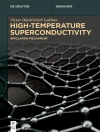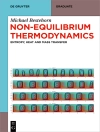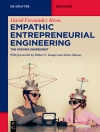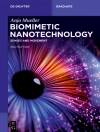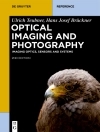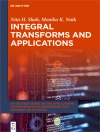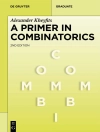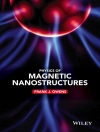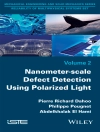A dense sheet of electrons accelerated to close to the speed of light can act as a tuneable mirror that can generate bright bursts of laser-like radiation in the short wavelength range simply via the reflection of a counter-propagating laser pulse. This thesis investigates the generation of such a relativistic electron mirror structure in a series of experiments accompanied by computer simulations. It is shown that such relativistic mirror can indeed be created from the interaction of a high-intensity laser pulse with a nanometer-scale, ultrathin foil. The reported work gives a intriguing insight into the complex dynamics of high-intensity laser-nanofoil interactions and constitutes a major step towards the development of a relativistic mirror, which could potentially generate bright burst of X-rays on a micro-scale.
表中的内容
Theoretical Background.- Experimental Methods: Lasers, Targets and Detectors.- Electron Acceleration from Laser-Nanofoil Interactions.- Coherent Thomson Backscattering from Relativistic Electron Mirrors.


